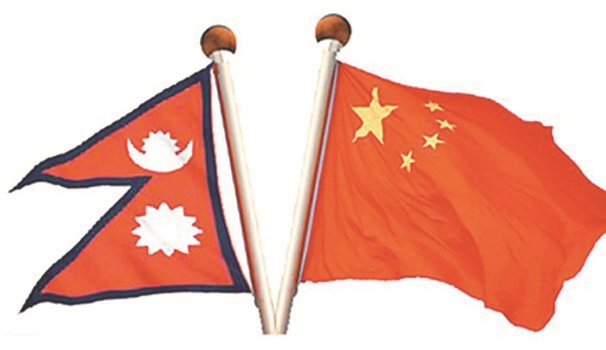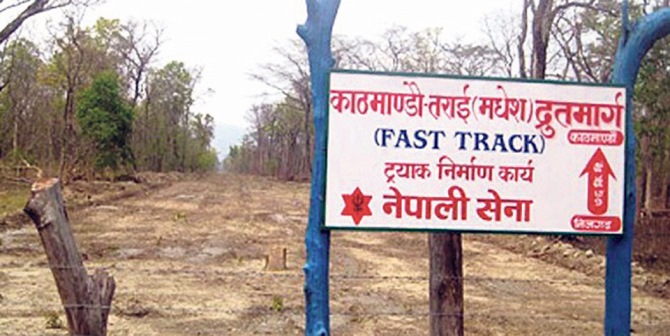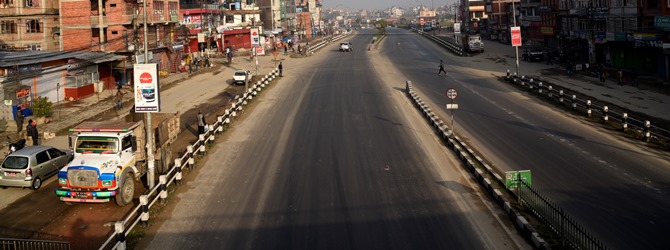Capital Valley, other cities face constant air pollution hazards
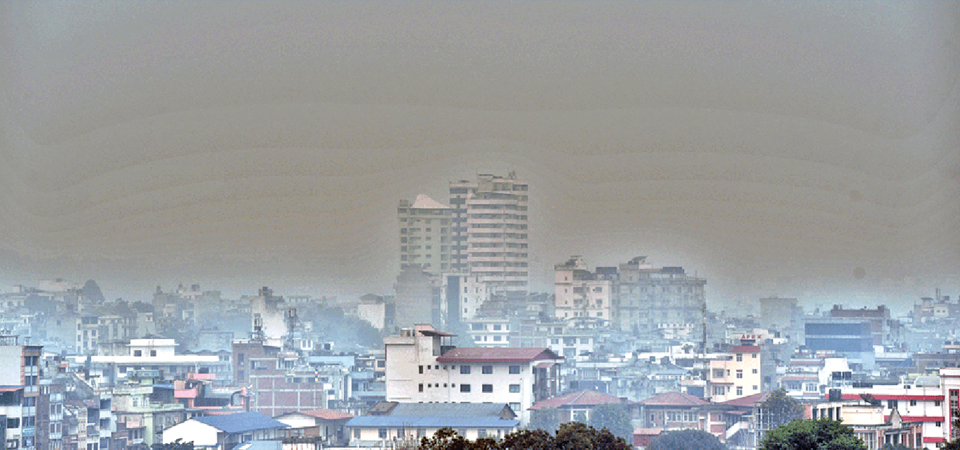
By Purushottam P. Khatri
Kathmandu, Dec. 19: The country had to go for a four-day school closure in March this year after the air pollution reached hazardous level. That was the first-of-its-kind decision that the federal government had to take after Nepal’s sky hemmed in tear-producing smoke and dust particles as the country has not witnessed winter rains so far.
Smoke that accumulates in the atmosphere due to wildfire in different parts of the country, haze, and smoke produced from brick kilns, factories, industries, solid wastes that we from our households and farms have been attributed to the rising air pollution in Kathmandu and other major city areas of the country, say the environmentalists and chemists working at the Department of Environment.
When the government shut down schools across the country from March 30 to April 2, the country had witnessed a record of 479 wildfire incidents over that period, according to the Department of Forest and Soil Conservation.
With scant rainfall in three winter months (December-February), the country experiences a severe drought-like situation, which will be a recipe for wildfire, said Sundar Prasad Sharma, undersecretary and chief at Physical Information System and Mapping Section at the Department.
AQI status of different cities in Nepal
Nepal has altogether 25 stations, including seven in the Valley, to measure air quality index (AQI), Shanker Prasad Paudel, Senior Divisional Chemist and Spokesperson for the Department of Environment said.
He said that the Department has set two minimum standards for measuring AQI in Nepal -- PM 10 and PM 2.5. The minimum air quality standard for PM 10 is 120 micrograms per cubic metre, while PM 2.5 (particulate matter) are tiny particles or droplets in the air that are two-and-a-half microns or less in width, which are invisible from normal human eye. The minimum standard value for PM 2.5 is 40 micrograms per cubic metre.
Particles of PM 2.5 size are considered hazardous as they can travel into the respiratory track, reaching the lungs, said Paudel. Exposure to such tiny particles can use irritation in the eyes, nose, throat and lungs and cause coughing, sneezing, runny nose and shortness of breath, he said.
Since the onset of winter, the Valley and other parts of the country have gradually started seeing polluted air due to presence of suspended particles in the air, he said.
World Health Organisation suggests the safe level for PM 2.5 exposure is 10 micrograms per cubic metre or ug/m3 and for PM 10, 20 ug/m3.
Kathmandu’s last 24 hours AQI was measured at 147, unhealthy for sensitive group, 187 in Pokhara, unhealthy for all age groups, 86 in Birgunj, 49 in Bharatpur, 82 in Inaruwa, 73 in Siddharthanagar, 131 in Birendranagar and 86 in Nepalgunj.
“In the last 24 hours, Pokhara recorded the highest deteriorating air quality remaining in red colour with unhealthy for all age groups,” Paudel said. Similarly, Ratnapark’s AQI was measured at 124.86 yesterday, 84 in Simara, and 69 in Biratnagar. Some other stations have not updated their data.
Sources of air pollution
Major regional sources of air pollutants include biomass burning, transport, power generation, and industry (e.g. brick kilns). Biomass burning includes cooking, heating, rubbish burning, agricultural practices, land clearance, and forest fires.
According to the ICIMOD, in Nepal, the primary sources of emissions are the energy, residential, industry and transport sectors. Open burning, including forest fires, crop residue burning and refuse burning are also critical. Pollutant concentrations are affected by a range of factors including emissions, meteorology and transformation of emitted pollutants.
Biomass burning is a primary driver in reduced air quality during the pre- and post-monsoon seasons, and is linked to farming practices across the Hindu-Kush Himalaya region (HKH). Biomass burning and regional haze episodes can be extensive and are highly variable across locations and post-monsoon and winter seasons.
In the Nepali context, the main forest fire season is from March to April, and open agricultural residue burning happens during October-November (post-rice harvest), and March-April (post-wheat harvest). Open waste burning, in contrast, is ubiquitous, happens at a range of scales, and occurs round the year.
Reasons for air quality drop in winter
According to Bhushan Tuladhar, environmentalist and a climate change and clean air campaigner, there are mainly two reasons for reduction in air quality during winter season.
One is natural process and the other is human cause. In natural phenomena, during winter season, when the westerly wind starts blowing, temperature inversion process starts in which a layer of cool air at the surface of troposphere (atmosphere’s nearest space from earth) is covered by a layer of warmer air. During this time, a cold shade condition occurs and air cannot blow strongly neither in day nor at night, he said.
While in human-made condition, during monsoon, human beings tend to add more sources for air quality reduction by burning firewood, agricultural wastes, operating brick kilns, factories and industries. Smokes produced from these sources cannot move and get cleared with the weak blocking wind, as a result of which smokes get accumulated in certain layer of atmosphere.
Solutions
Tuladhar suggests strict implementation of Kathmandu Valley Air Quality Management Action Plan-2020 endorsed on February 24, 2020.
According to him, this action plan has placed more than 100 programmes, giving the way out for reducing air pollutants in the Valley. Some of the programmes like right way for managing household and agricultural wastes in eco-friendly manner, controlling vehicle emissions, construction-related works, indoor pollution, industrial emissions, ensuring environmentally sustainable transport system, awareness campaign, developing air quality management decision support system, emergency management of air pollution and developing policy and legal frameworks and resource management for effective implementation, and promoting operation of big public vehicles.
This Action Plan has a provision of two committees – one headed by Environment Minister and the other by Environment Secretary. But so far, all meetings have been held to formulate programmes and going into action for air pollution control, Tuladhar said. "We have options to be taken within the domestic level, but if an international air pollution problem occurs, we are helpless because we can do nothing about the air spreading across countries," he added. “Time for the peak of air pollution is yet to arrive when the winter reaches its peak in January,” Paudel said.
Recent News

Do not make expressions casting dout on election: EC
14 Apr, 2022
CM Bhatta says may New Year 2079 BS inspire positive thinking
14 Apr, 2022
Three new cases, 44 recoveries in 24 hours
14 Apr, 2022
689 climbers of 84 teams so far acquire permits for climbing various peaks this spring season
14 Apr, 2022
How the rising cost of living crisis is impacting Nepal
14 Apr, 2022
US military confirms an interstellar meteor collided with Earth
14 Apr, 2022
Valneva Covid vaccine approved for use in UK
14 Apr, 2022
Chair Prachanda highlights need of unity among Maoist, Communist forces
14 Apr, 2022
Ranbir Kapoor and Alia Bhatt: Bollywood toasts star couple on wedding
14 Apr, 2022
President Bhandari confers decorations (Photo Feature)
14 Apr, 2022



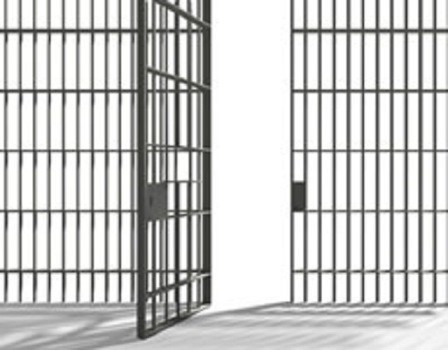
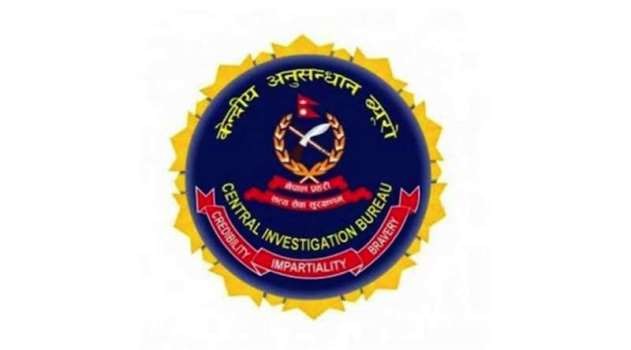
.jpg)

